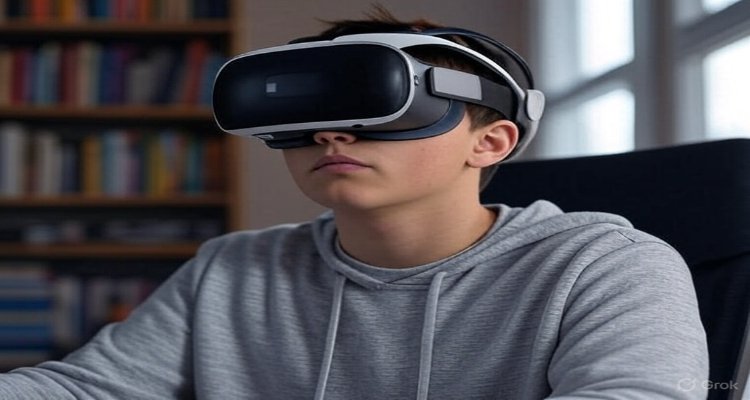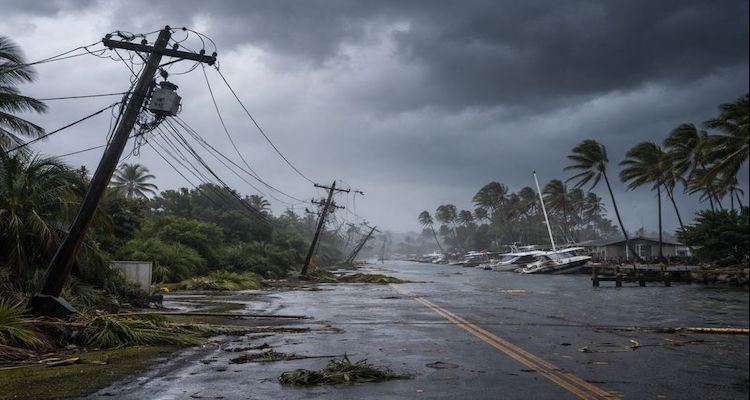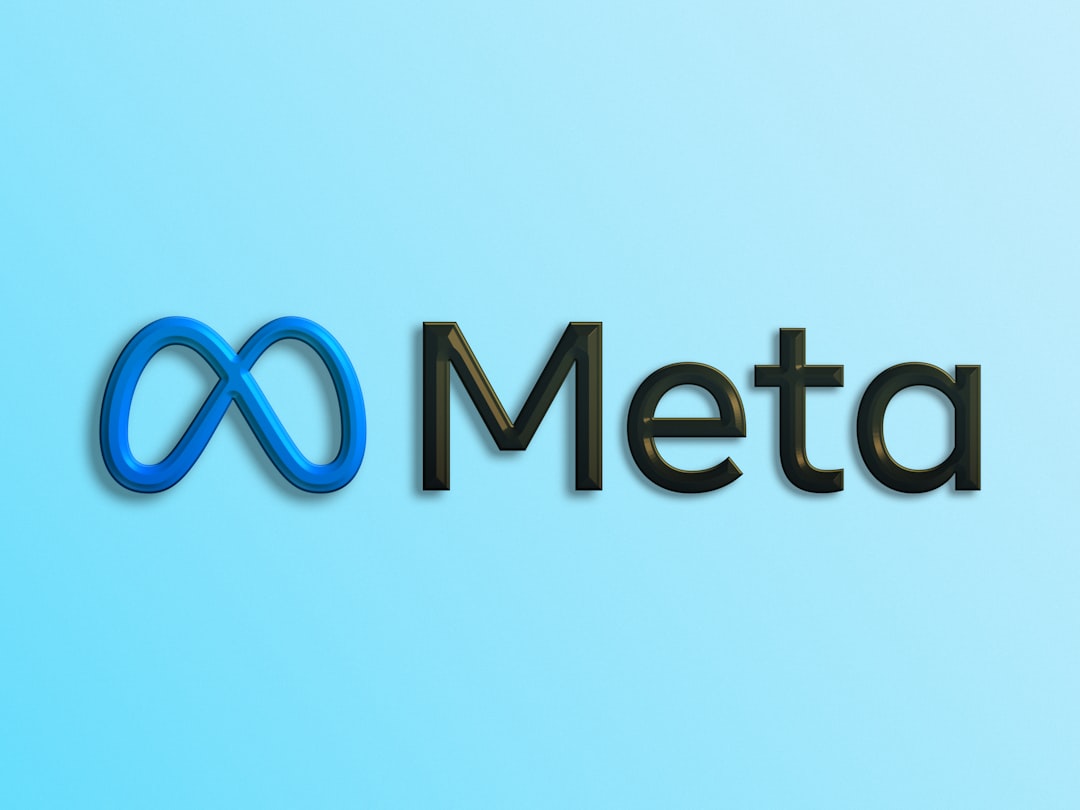Virtual Reality: Revolutionizing Remote Learning Experiences

Virtual reality is transforming remote education, offering immersive, interactive, and personalized learning experiences like never before.
Introduction: A New Classroom Without Walls
In a quiet bedroom in Ohio, a high school student straps on a VR headset and finds herself standing inside an ancient Roman marketplace. Halfway across the world, a medical trainee in India virtually “performs” a complex surgery under the guidance of a digital instructor. This is not a scene from science fiction—it’s the new reality of education, where Virtual Reality (VR) is dismantling geographical, financial, and physical barriers to learning.
Context & Background: The Evolution of Remote Learning
Remote learning is not new. Correspondence courses of the 19th century evolved into televised lessons in the 1950s, then into online learning platforms in the 2000s. The COVID-19 pandemic accelerated this shift, pushing millions of students into virtual classrooms almost overnight.
But despite its convenience, traditional remote learning has faced criticism: lack of engagement, limited practical application, and a sense of isolation. VR is emerging as a game-changer—offering not just screens and slides, but fully immersive, interactive environments that replicate or even enhance real-world experiences.
Main Developments: How VR Is Changing the Game
Immersive Learning Environments – VR allows students to experience lessons rather than simply watch or read. From exploring the Great Barrier Reef to interacting with molecular structures in 3D, the technology turns passive learning into active exploration.
Skills Training & Simulation – Industries like aviation, healthcare, and engineering are integrating VR for high-risk skill training. Pilots can practice emergency landings, surgeons can rehearse delicate procedures, and engineers can design complex systems—all without real-world consequences.
Global Collaboration – VR classrooms connect students worldwide in shared spaces. A history lesson can have students from five continents debating historical events—while standing “inside” a virtual World War II bunker or ancient temple.
Accessibility for All – For students with disabilities or those in remote areas, VR offers access to resources, labs, and field trips they would never experience otherwise.
Expert Insight: The Educator’s Perspective
“VR is not about replacing teachers; it’s about enhancing what they can do,” says Dr. Maria Lopez, an educational technology researcher at the University of California. “A well-designed VR curriculum can increase knowledge retention by up to 75% compared to traditional methods, because it engages multiple senses and emotions.”
Parents are also noticing the shift. “My daughter hated science until she could walk inside a human heart in VR,” says Jason Reed, a parent from Boston. “Now she’s talking about becoming a cardiologist.”
Impact & Implications: The Future of VR in Education
The adoption of VR in education is expected to grow rapidly, with MarketsandMarkets projecting the VR education market to reach $32 billion by 2030. However, challenges remain—such as the high cost of equipment, the need for teacher training, and ensuring equitable access.
If these hurdles are addressed, VR could redefine global education. Imagine learning languages by virtually living in foreign cities, or studying history while “witnessing” events as they happened. The classroom of the future might not have walls at all—it might have worlds.
Conclusion: Beyond the Horizon of Learning
Virtual Reality is no longer a futuristic add-on; it’s becoming a core tool in modern education. By turning lessons into experiences, it bridges the gap between theory and practice, making learning more engaging, inclusive, and effective. As technology becomes more affordable and accessible, VR could transform remote education from a necessity into an opportunity—one that unlocks the world for every learner.
Disclaimer: This article is for informational purposes only and does not constitute endorsement of any specific VR product or service.










